- What's A Roofy?
- Goal (And Steps) Of the Offender
- Incapacitating "Club" Drugs
- Street Drugs For Incapacitation
- How To Protect Yourself (Starting with Your Drink)
- Terrifying New Attacks
Verified.org contributor Jason James, a former DEA special agent, takes us through the substances and methods of date rape drugging and how you can safeguard against being victimized.
What's A Roofy?
The term "roofy" commonly describes a substance secretly administered to someone, rendering them incapacitated, often with complete memory loss of what occurred.
This generalization gained its name from the depressant benzodiazepine tablet Rohypnol, prescribed outside of the U.S. for insomnia and used as a surgical anesthetic. The drug gained notoriety in the 1980s and 1990s for being dissolved in an unsuspecting victim's drink, leading to:
- Slurred speech
- Loss of coordination
- Weakness
- Headaches
- Respiratory depression
The onset of these effects can occur within a half-hour of drug ingestion, with peak effects occurring two hours after ingestion.
Other benzodiazepine medications, including Ativan, Xanax, and Valium, that are commonly prescribed in the U.S. for anxiety and sleeping disorders have effects similar to Rohypnol.
Often dissolved in and ingested with alcoholic beverages, benzodiazepines that are used to incapacitate have effects that appear to be a rapid onset of drunkenness. These effects become incapacitating, though they may not outwardly appear out of place at parties, nightclubs, or bars.
The drugged effects can be mistaken for "lightweight" tipsiness but occur shortly after a single, tainted drink. And the effects become more debilitating within two hours.
Goal (And Steps) Of the Offender
The offender's goal is to render the victim impaired—in awareness, decision-making, and physical control—for physical exploitation. But knowing the steps offenders take to achieve those ends can give you a chance to safeguard against being victimized.
These are the typical steps an offender would need to take to victimize someone:
- Target
- Incapacitate (with drug)
- Isolate
- Exploit
Places Of Seclusion
After the drug begins to take effect (often within half an hour), the offender will lead the victim away to abuse or exploit the victim physically, often to a place of seclusion. This could occur in a quiet corner of a party house or nightclub or at a location away from other people. For example:
- Inside (onsite): Down a hallway, in the bathroom, or a side room.
- Outside (onsite): In an alley or parking lot, away from view and passersby.
- Offsite: To a vehicle, a hotel, the offender's residence, or elsewhere for complete isolation.
Incapacitating "Club" Drugs
Drugs like Rohypnol may have the name recognition as date rape drugs, but other substances, known as "club drugs," have come into more broad use to incapacitate and exploit unsuspecting victims.
GHB
GHB (gamma-hydroxybutyric acid) is most commonly a clear liquid or a white powder once used as an anesthetic and prescribed to treat narcolepsy under the pharmaceutical name Xyrem. Offenders will dissolve GHB into water, juice, or alcohol.
As a liquid, GHB is colorless, with a slightly salty taste. A 1-2 teaspoon dose can create a debilitating effect within 15 to 30 minutes, including unconsciousness and memory loss. Hours later, the drug commonly leads to vomiting.
At a high dose, an overdose can occur, resulting in dangerously slowed heart rate and seizures.
Ketamine
Ketamine is a veterinary anesthetic that has become prevalent as a "date rape drug" in the party and nightclub scene. It is commonly a liquid mixed with drinks but can be used in powder form. As a powder, it is commonly snorted, dissolved into drinks, or added to marijuana and smoked.
Drug-using partygoers sometimes refer to ketamine as "Special K," as a hallucinogen for drug "trip" effects similar to LSD or PCP, which leads to a detached, dreamlike state and difficulty with body movement. Because of these disassociative and incapacitating effects, offenders knowingly ply victims with ketamine to incapacitate and commit date rape.
Fentanyl
Fentanyl is a synthetic opioid with characteristics like oxycodone or heroin but is up to 100-times more potent. This powder substance can create euphoric effects, sedation, and confusion that offenders will utilize as a method of incapacitation for date rape.
The extreme potency of fentanyl (even amounts as small as a few grains of sand) is enough to be a lethal dose, causing vomiting and pulmonary constrictions, and severe breathing difficulty, leading to respiratory failure and death.
Street Drugs For Incapacitation
An offender could use many substances to incapacitate and overpower a victim without adding an established date rape drug. Alcohol, prescription medications, sleep aids, marijuana, cocaine, and heroin are plied by offenders intending to impair the judgment and response of victims.
While individuals may decide to take drugs, the risk of doing so may include bodily harm from the substance itself and impairment that leaves a person vulnerable to physical victimization.
How To Protect Yourself (Starting with Your Drink)
Nearly all date rape drugs are snuck into a victim's drink. In other situations, a substance offered by an offender is knowingly consumed without the victim knowing its incapacitating effects. Here are some of the basics to keep your drink from being tainted:
- NEVER accept a drink handed from someone else. Bartenders and waitresses at restaurants and bars are generally considered to be trusted.
- NEVER leave a drink unattended. If you do, discard it and get another in a fresh cup or glass.
- ALWAYS drink from a covered container. Bring a YETI tumbler with a closed lid or a Hydro Flask-type water bottle with a lid and straw to a party or picnic. They're popular on college campuses now and keep drinks from being tainted.
- Don't have a lid? Hold your cup or glass by your palm, over the top. Better still, sip through a straw and keep your hand there.
If a drink tastes "off," and/or you suddenly or uncharacteristically feel out of sorts, go to a trusted person (even a bartender or waitress, if you are alone). Explain that you are having a bad reaction to something you drank, need help, and suspect someone put something in your drink.
When you feel off or abnormally tired or drunk, it's time to go somewhere safe. Return home with trusted friends or, if necessary, go to a hospital for alcohol detox or treatment of an unintended overdose.
Team Up With Friends
Agree ahead of time to arrive and leave the party, bar, or club with a trusted person or a trusted group. That could be friends or roommates, but be sure it's with people you can trust.
Breaking Off From The Group
If you or a member of your group decide to break off and go solo, take these steps to help put the odds for safety back in your favor:
- Preload rideshare apps like Lyft and Uber onto your phone. If and when you need a ride, have it a click away.
- Activate the "Share My Location" feature on your phone. Before the start of the night, be sure you and the friends in your group are synced up to share each other's phone locations.
- Leave your phone on. If your phone is off, a location finder app may be left with only a "last location" and won't be able to actively track you.
- Introduce the person you are leaving with to your friends. Then agree for your friends to take photos or selfies together. Having a picture of this person will let them know they can be identified and may make them decide to abandon ill-intentioned plans.
- If you can't find your friends, be sure to text them. Use the "WHO, WHERE, WHEN" rule. Tell them who you are leaving with, where you're going, and when you expect to get back home. Then take a selfie with the person you're leaving with and send it to your friends.
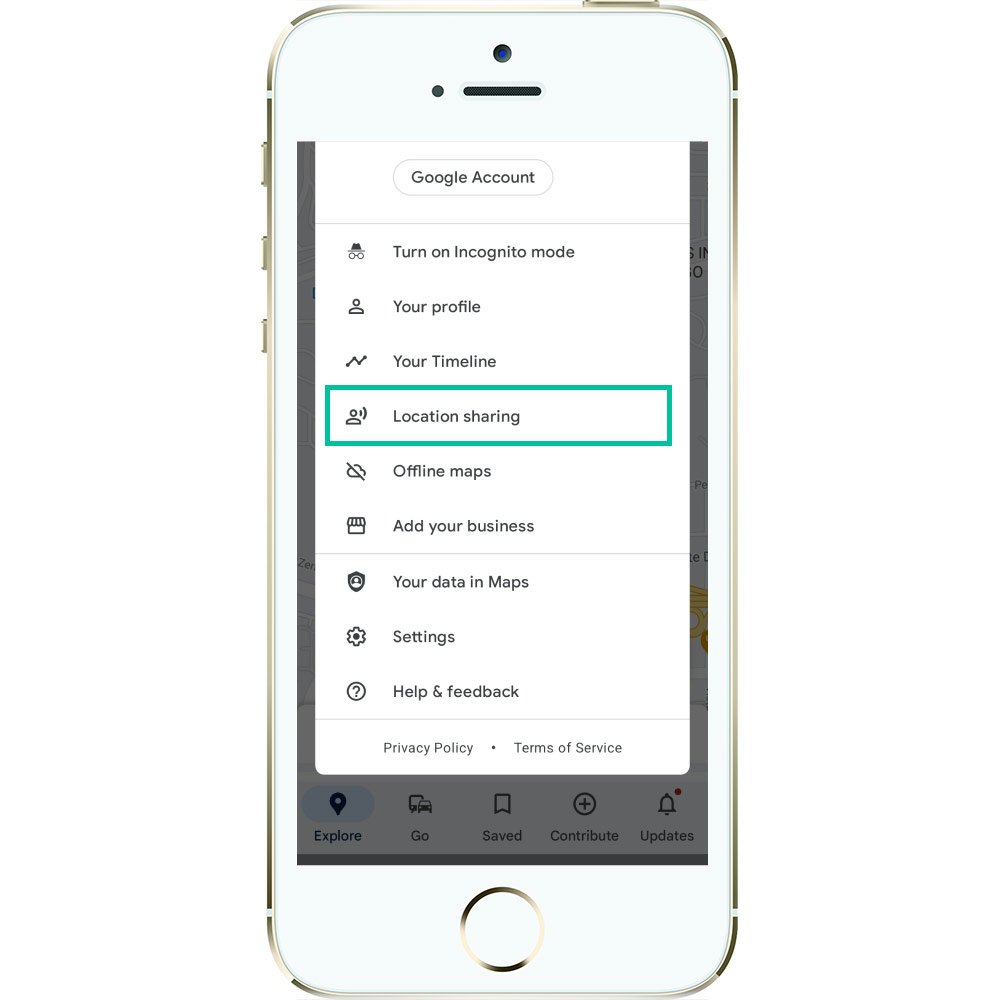
In A Bad Spot (and Need to Leave)
If you've gone off with someone from a bar or party and it's time to end the night—or worse, you're being forced to do something you don't want to do, or you wake up in a strange place—here are tips on what to do:
- Listen to your instincts. If a situation doesn't feel right, it's time to make your exit.
- Excuse yourself to the bathroom (or someplace private) with your phone, then text or call your friends. Tell them where you are and that you need to leave. If they are nearby and safe to drive, have them drive over to take you home. If you don't know the address, give the street and intersection from your phone's location app.
- If your friends can't arrive in time to help, request Lyft or Uber and text that update to your friends.
- Gather your things and tell the person you are expected back by someone specific—your brother at your apartment, or mother who is sick, or a roommate who got locked out.
- Leave. This isn't a negotiation. Hustle outside, then head to the next well-lit place with people and/or passing traffic. Take the rideshare away to safety.
- If the situation involves restraint against your will, physical violence, or threats of violence, call 911 to alert the police of your situation and location, then leave.
Terrifying New Attacks
Unfortunately, protecting your drink is not the only thing to be aware of when going out with friends. A new trend has seen women reporting needle spiking in crowded areas of nightclubs (e.g., dance floors, lines at bars, etc.). A small needle containing a drug is pricked into the arms of victims which renders them incapacitated.
This horrible trend can only be beaten by a devotion to the safety of each other at all times in nightclubs, bars, and at parties. Each member of the group must be constantly aware of the condition, location, and status of their friends.

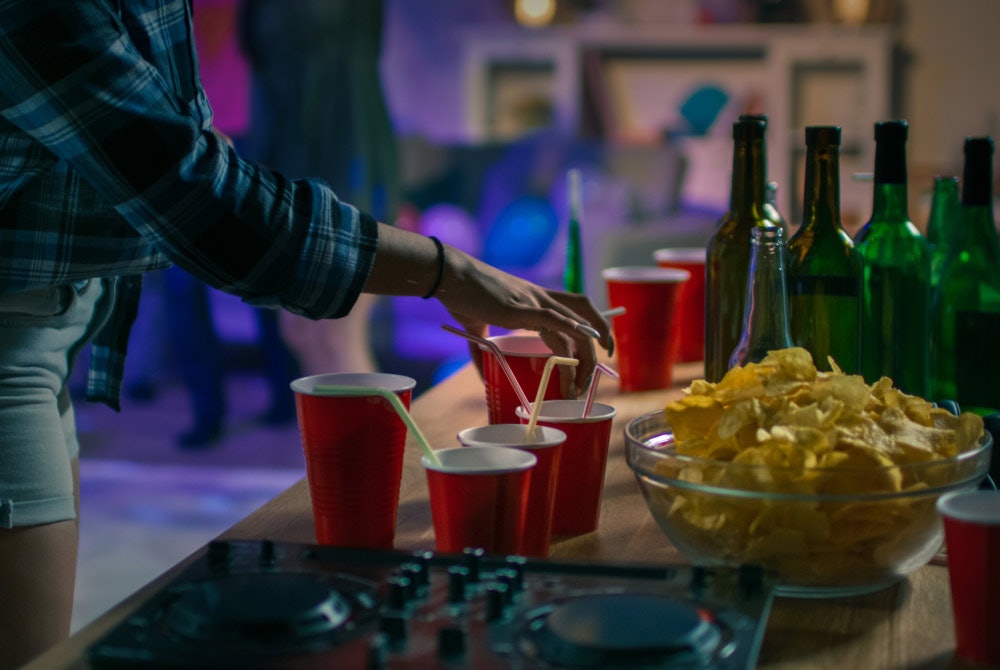
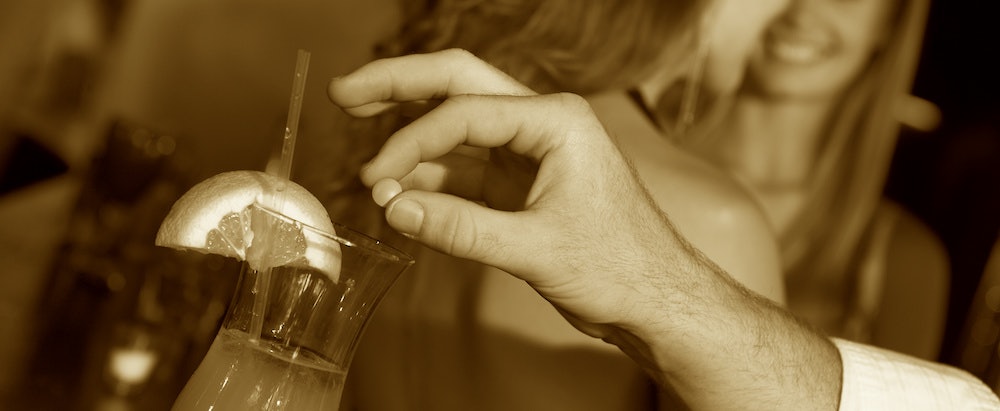

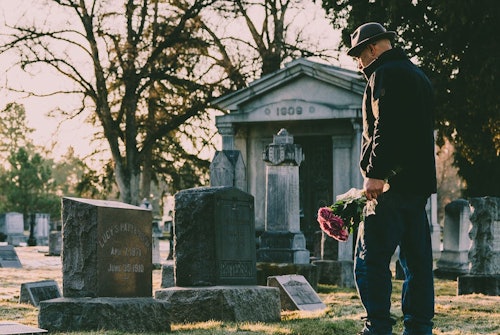

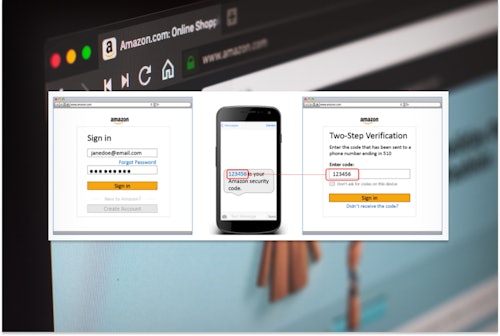
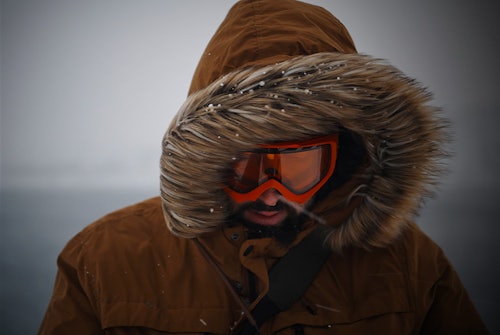
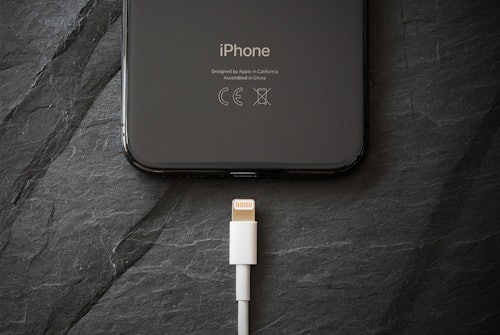



Comments